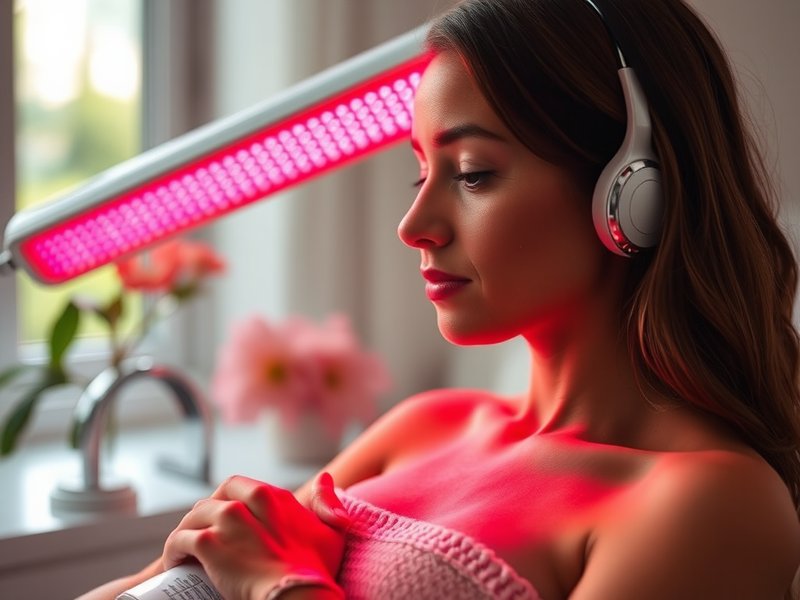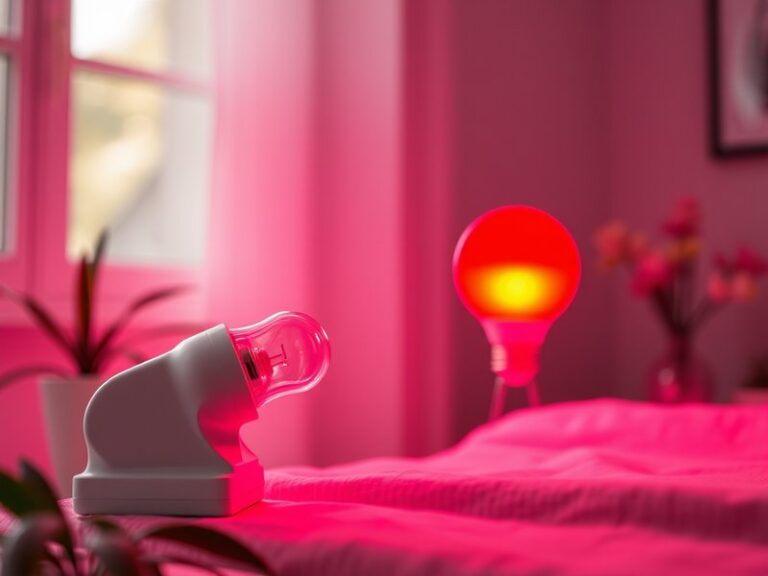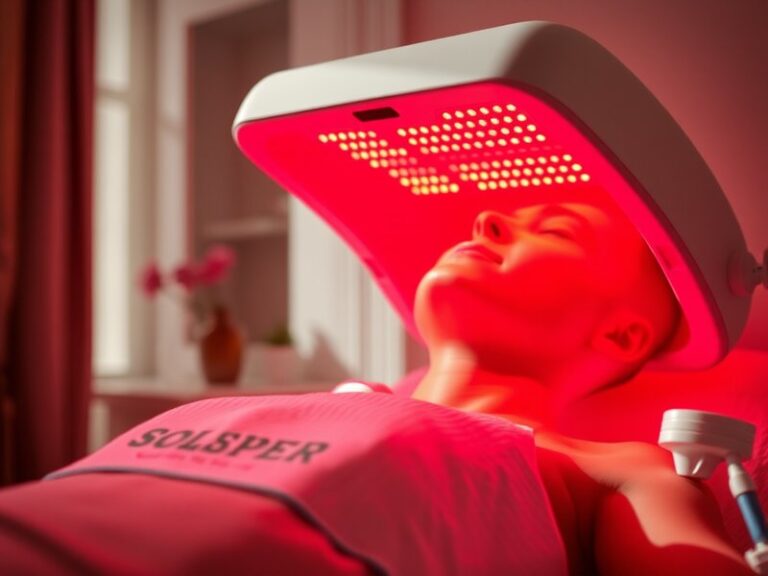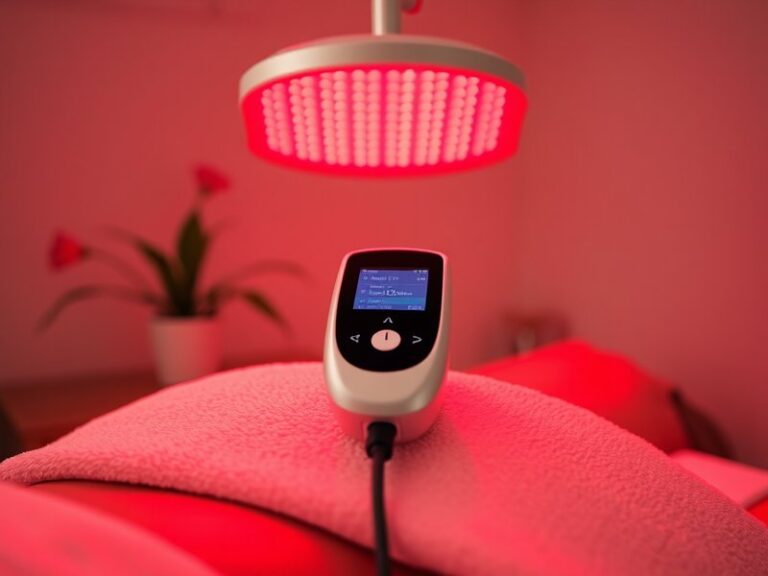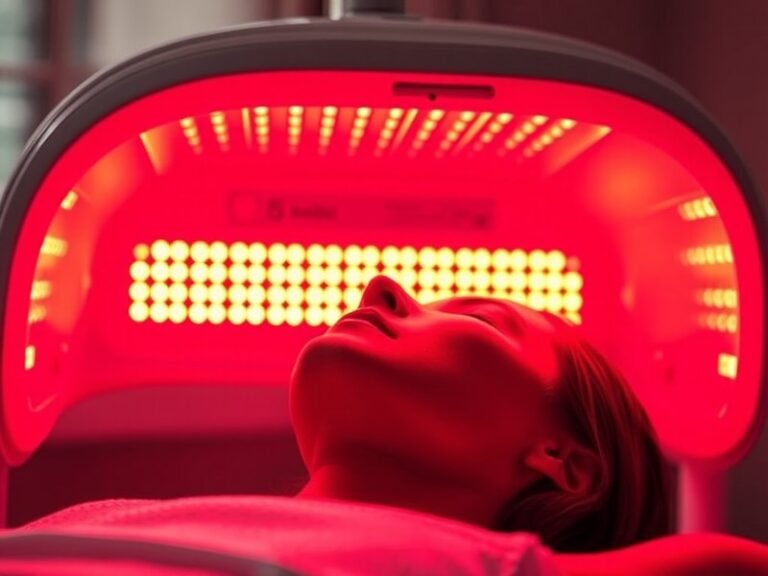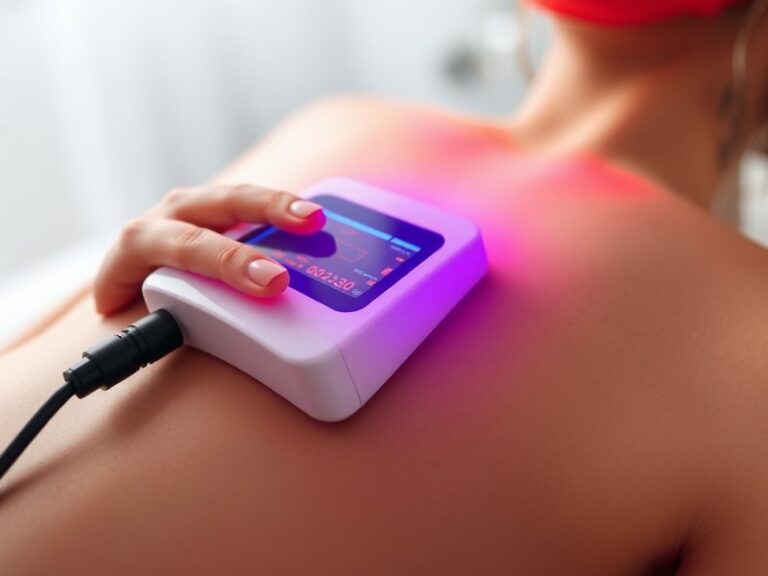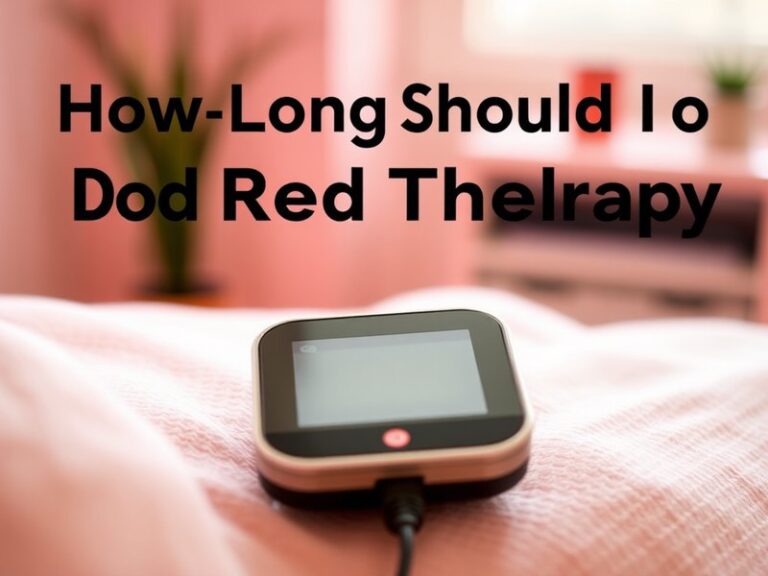How Long Should You Do Red Light Therapy For?
How Long Should You Do Red Light Therapy For?
Curious about how to optimize your red light therapy sessions?
In this article, we will explore the efficacy and recommended duration for red light therapy, a popular treatment for various health and wellness concerns. We will cover the right session length, frequency, and other factors that affect the effectiveness of this therapy.
Key Takeaways
- The optimal duration for red light therapy sessions typically ranges from 10 to 20 minutes.
- Session frequency can vary from 2 to 7 times per week, depending on individual goals and conditions.
- Consultation with a healthcare professional is advisable to tailor a specific therapy plan.
What is Red Light Therapy?
Red light therapy, also known as low-level laser therapy (LLLT) or photobiomodulation, uses specific wavelengths of light to promote healing and reduce inflammation. This non-invasive treatment has gained popularity for its potential benefits in various conditions, including skin rejuvenation, pain reduction, and improved muscle recovery.
By penetrating the skin, the light stimulates cells called mitochondria, which produce energy. This enhances cellular function, encouraging faster healing and tissue repair.
Red light therapy can be delivered through various devices, including handheld units, light panels, and full-body beds. This versatility allows users to target specific areas of the body or receive treatment over larger muscle groups.
What are the Benefits of Red Light Therapy?
The benefits of red light therapy are numerous and compelling, making it a desirable option for those seeking alternative or complementary treatments.
Skin Health and Rejuvenation
Red light therapy promotes collagen production, improves skin elasticity, and reduces the appearance of wrinkles and scars. Clinical studies show that regular sessions can lead to noticeable improvements in skin tone and texture.
Pain Relief and Inflammation Reduction
Many individuals use red light therapy for its analgesic properties. Studies suggest that exposure to red light can significantly reduce pain in conditions such as arthritis and muscle soreness, providing a drug-free option for pain management.
Enhanced Muscle Recovery and Performance
Athletes and fitness enthusiasts have turned to red light therapy to enhance muscle recovery and improve performance. By reducing muscle fatigue and inflammation, it aids in faster recovery after workouts, allowing for better overall training results.
Mood Enhancement
Emerging research indicates that red light therapy may also support mental health by improving mood and alleviating symptoms of seasonal affective disorder (SAD). The phototherapy aspect encourages the release of serotonin, which can enhance feelings of well-being.
Is it Possible to Overdo Red Light Therapy?
Yes, like any treatment, it is possible to overdo red light therapy. While it is generally considered safe, excessive exposure may lead to diminished returns in benefits and potential skin irritation.
What are the Advantages of Moderation?
Balancing therapy sessions can prevent overstimulation of the skin and ensure that the therapy remains effective. This moderation allows the body time to absorb the benefits, leading to better long-term results.
Discover the analysis in Can Red Light Therapy Reduce Under-Eye Bags?
What are the Disadvantages of Overuse?
Overdoing red light therapy may cause skin irritation, sensitivity, or even dryness. Maintaining a balanced approach ensures you achieve your health goals without risking adverse effects.
What are the Things to Consider Before Starting Red Light Therapy?
Before embarking on your red light therapy journey, consider these essential factors to ensure an effective and safe experience.
Individual Health Condition
Your unique health status significantly influences how long and how often to use red light therapy. Chronic illnesses, skin sensitivities, and other conditions should be discussed with a healthcare professional.
Device Quality and Wavelength
The type of red light therapy device can affect treatment effectiveness. Ensuring that you use a high-quality device that emits the appropriate wavelengths (usually between 600 to 900 nanometers) is crucial for obtaining desired results.
Session Length and Frequency
Finding the right balance of session length and frequency is key. Most experts recommend starting with shorter sessions of around 10 minutes, 2-3 times per week, adjusting according to your progress and goals.
Skin Sensitivity
Be mindful of how your skin responds to red light therapy. If you experience discomfort or irritation, consider reducing session length or frequency.
What are the Alternatives to Red Light Therapy?
If you’re seeking alternatives to red light therapy, several options might also deliver similar benefits.
Infrared Therapy
Infrared therapy employs longer wavelengths to penetrate deeper tissues, offering pain relief and relaxation. This alternative is particularly popular among athletes for muscle recovery.
Cold Laser Therapy
Similar to red light therapy, cold laser therapy uses specific wavelengths of light but typically at lower power levels. It is often used for pain management and wound healing, providing an effective non-invasive treatment.
Ultraviolet Light Therapy
Mainly used for skin conditions such as psoriasis or eczema, ultraviolet light therapy can promote healing but should be approached with caution due to potential skin damage.
Massage Therapy
Although different in approach, massage therapy can also promote relaxation, reduce soreness, and improve circulation like red light therapy. Regular massage sessions can be a complementary treatment for muscle recovery and overall wellness.
Conclusion: Is it Recommended to Do Red Light Therapy?
Overall, red light therapy is a promising treatment option for a variety of conditions, offering numerous benefits. With the correct approach regarding duration and frequency, many individuals can experience substantial improvements in their skin health, pain management, and recovery processes. Consulting with a healthcare provider can help tailor your red light therapy experience for optimal results.
Frequently Asked Questions
How long does it take to see results from red light therapy?
Many individuals report noticeable improvements within 3 to 4 weeks of regular sessions, while some may see changes sooner, depending on their condition and consistency.
Can anyone use red light therapy?
While red light therapy is considered safe for most people, those with certain skin conditions or who are pregnant should consult with a healthcare professional before starting treatment.
How often should I do red light therapy for best results?
Most guidelines suggest starting with sessions 2 to 3 times per week, adjusting as needed based on your specific goals and responses.
Read our exploration of Frequency of Red Light Therapy?
Can I use red light therapy on my face?
Yes, red light therapy is often used on the face to improve skin tone and texture, but always ensure the device is suitable for facial use.
Is red light therapy covered by insurance?
Coverage for red light therapy may vary widely. It’s best to check with your insurance provider to see if they cover photobiomodulation treatments.
